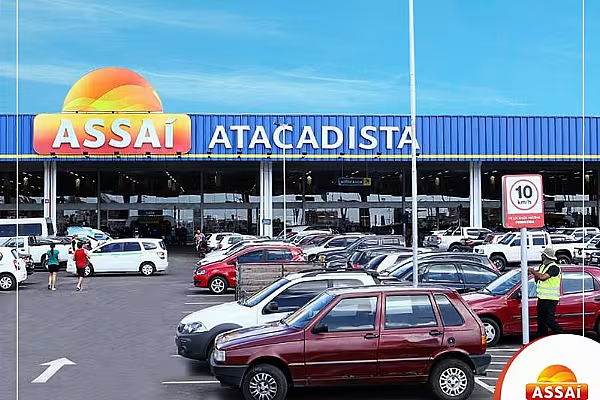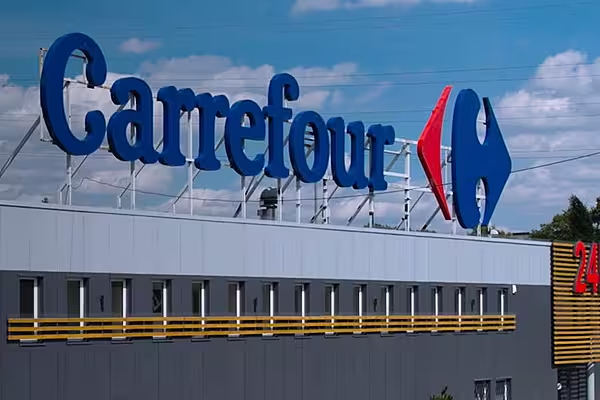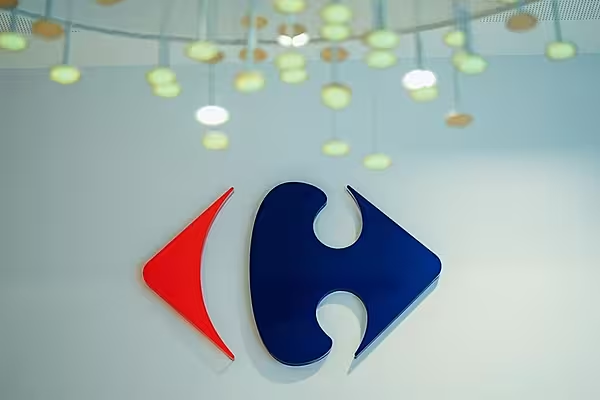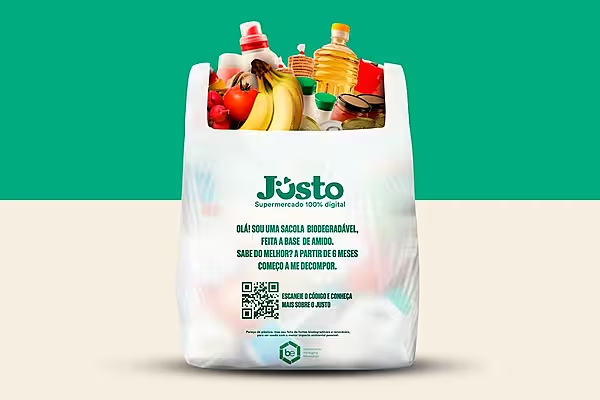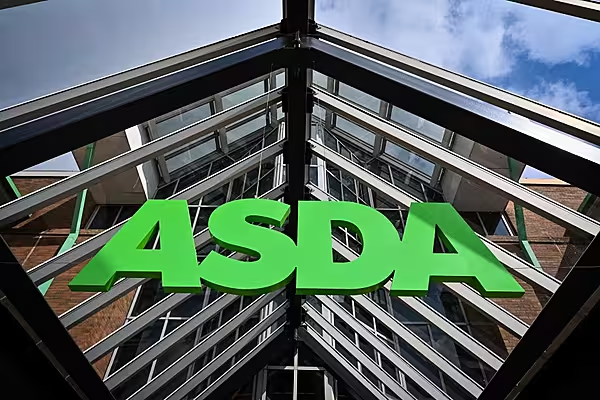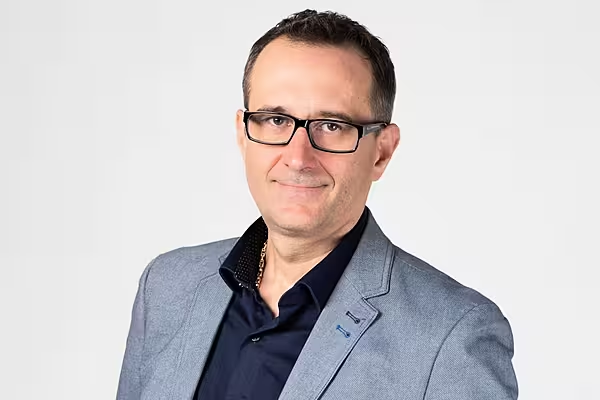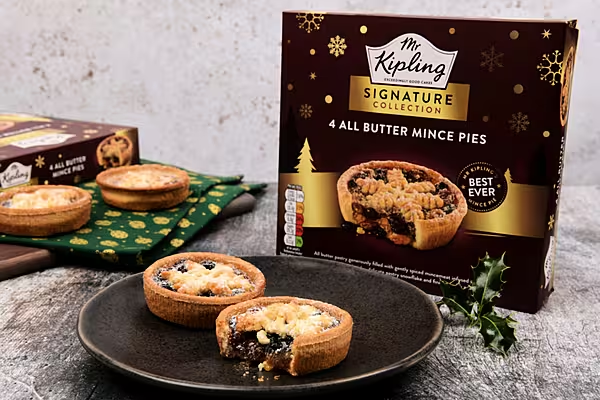Brazilian retailer Grupo Pão de Açúcar (GPA) is betting on the mixed retail format known as 'atacarejo' in an attempt to stem the drop in sales and profits of its hypermarkets.
Atacarejo, which has been the fastest-growing grocery segment over the past years in Brazil, represents a mix of the atacado (wholesale) and varejo (retail) formats. Such stores offer bulk sales of food and non-food items at prices that are up to 30% lower, while costs for managing stores are 10% lower compared to traditional stores.
After a successful pilot in Rio de Janeiro, GPA now plans to turn 15-20 Extra hypermarkets into Assaí atacarejo stores during 2017, besides opening 6 new stores, taking the total to 130. In the same period, the retailer will close at least 15 of its 134 Extra hypermarkets.
The president of Assaí, Belmiro Gomes, told daily O Estado de Sao Paulo that the atacarejo format has lower financial expenses as it doesn't include electronics. In addition, it suffers less from depreciation because the stores have less equipment than hypermarkets, such as butchering and baking equipment.
GPA’s major rival in the market segment is Atacadão (owned by Carrefour) with 129 stores and Makro (owned by Dutch group SHV).
Research by Kantar Worldpanel consultancy showed that sales for the typical basket of products grew by 26% in the atacarejo channel in 2015 compared to 2014, but dropped in hypermarkets by 4% and the retail sector as a whole by 2%.
Price-wise, the same basket purchased in stores using the atacarejo format was 7% cheaper compared to supermarkets, hypermarkets, neighbourhood and convenience stores.
© 2016 European Supermarket Magazine – your source for the latest retail news. Article by Branislav Pekic. To subscribe to ESM: The European Supermarket Magazine, click here.
